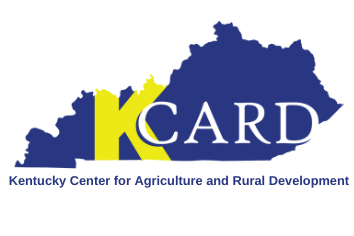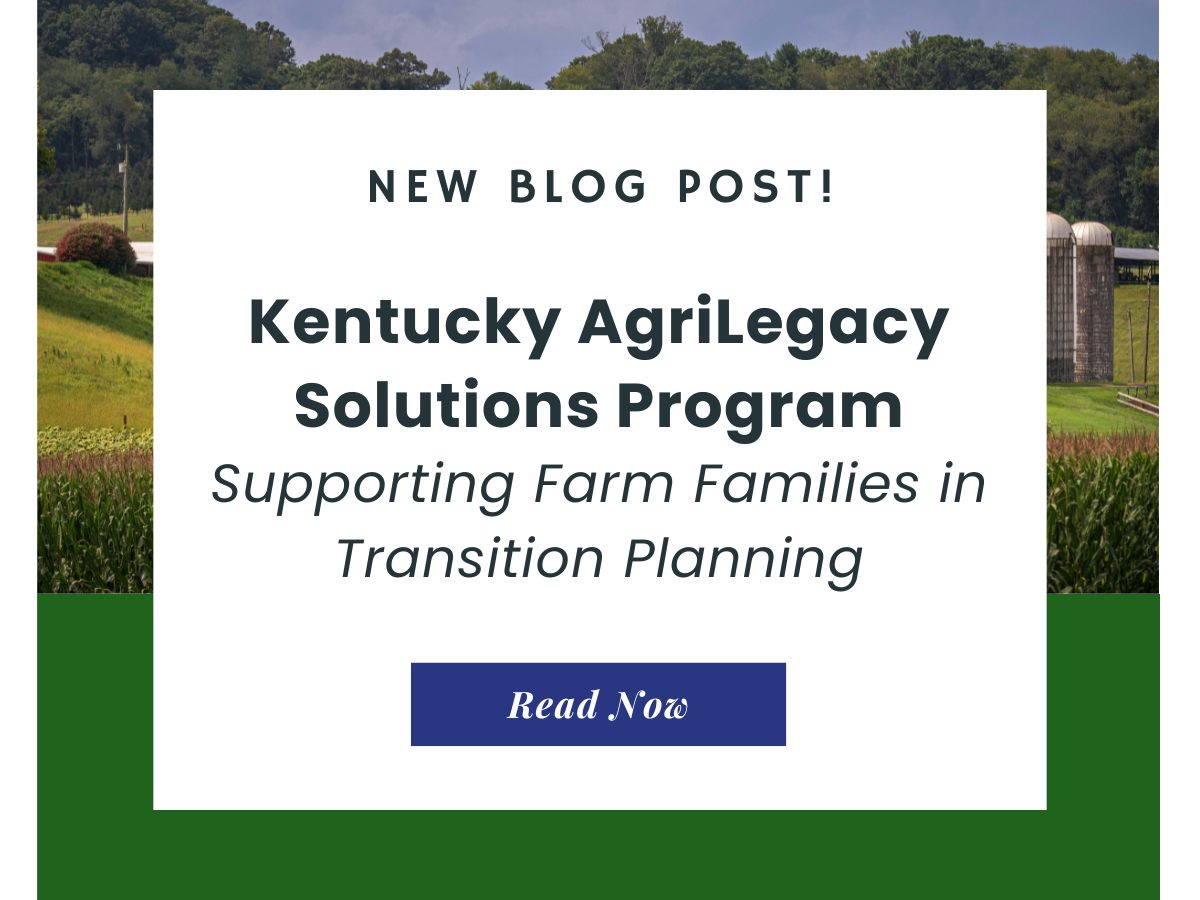When working with clients, KCARD often starts by looking at a current income statement (also called a Profit/Loss statement) that is in operation and helps develop a projected income statement for a new or expanded operation. This helps to show if the business is profitable now or will be profitable in the future. However, the cash flow statement is critical to understanding whether the business will be able to survive the initial startup stage or any downturns. This statement shows inflows and outflows of cash to or from the business. So what’s the difference between the two and how they are used?
Understanding Cost of Goods Sold (COGS)
If you look at a Profit/Loss statement (also called an Income Statement), you will often see Cost of Goods Sold (COGS) broken out from other expenses. What are these and why break them apart?
Costs of Goods Sold are expenses that are directly attributed to the amount of production. COGS are reported on the Income Statement and are segregated from Operating Expenses, which are expenses that are not directly tied to production.
Why Do We Obsess about Financial Statements?
If you ask any KCARD employee where they turn to first in a business plan they receive, there’s a good chance that – after reading the summary of what the business is wanting to do – the profit/loss statement will be the first page reviewed. We will start looking at how revenue was calculated and whether the expense lines show everything that we expect to see in that particular business. In the next few weeks, we will be going into more detail on how to develop financial projections, stay tuned.
Pricing Meat to Make a Profit
If you are new to direct meat sales and have just read our blog post about having your meat processed for the first time or are looking at updating your pricing, here are two questions you need to ask: What are your competitors’ prices; and, what is your minimum price to break-even. Check out the following blog post to get started on pricing your meat to make a profit.
New Methods of Accepting Payments Online
The name of the game these days is social distance. So how do you accept payments from customers without getting closer than six feet or having to handle cash? Digital wallets are financial accounts that allow users to store funds, make transactions, and track payment histories by computer or phone. Here are some of the most popular options that will allow you to take payments without having to get a credit card reader (and some that connect with Square).
Q&A with KCARD: Coronavirus Funding
Question: Should I apply for “Coronavirus” money?
Answer: We are getting a lot of questions about coronavirus funding, so here’s what we do know and what we do not know.
Q&A with KCARD: Online Ordering Options
Selling online can be a great opportunity for businesses to make up for lower in-person sales, pre-order products for quick pickup or delivery, and increase customer base to those who might not attend markets. Choose an online ordering service that meets your needs and works with the systems you already have. Check out five online ordering options we have seen clients use.
Q&A with KCARD: Offering Gift Cards
People are requesting gift certificates to help support local farms and local food businesses. Offering gifts cards is a great way to let people support you during this time of crisis. So how do you set that up? It depends on how you take payment now, but you have some options…
Do You Have to Collect Sales Tax for Online Sales?
For most farm-based products, you do not collect and submit sales tax in Kentucky. However, if you are selling non-food items, such as soaps, painted gourds, or other farm-related crafts, you must collect and remit sales tax. In Kentucky, you do this quarterly. What if you sell online, in other states?
Crop Insurance and the Small Farm
Have you thought about getting crop insurance but assumed it would be too expensive or that it was only for large-scale operations? Crop insurance can be an option for your farm to help you cover the risk associated with weather or revenue. Today, the federal government helps cover 38% to 80% of your premium, depending on the amount of coverage, the policy, and what you grow.















